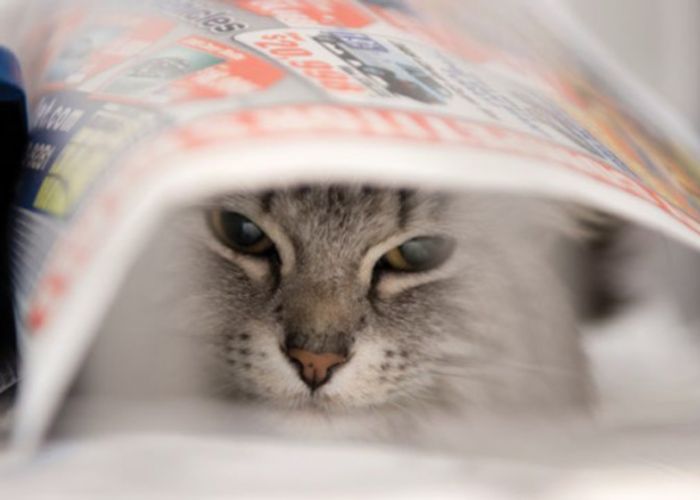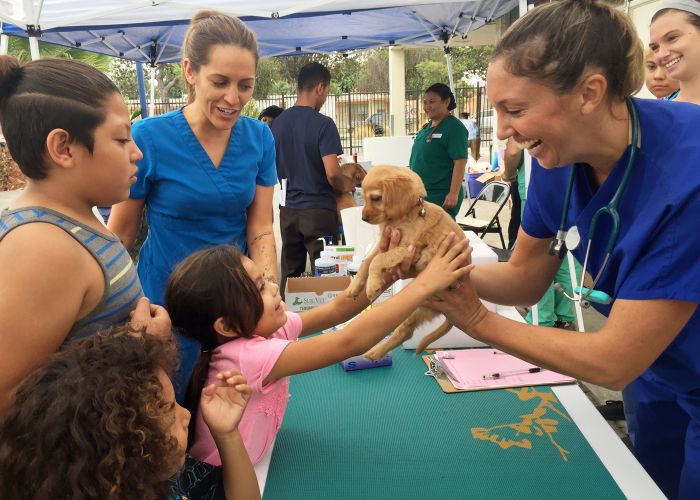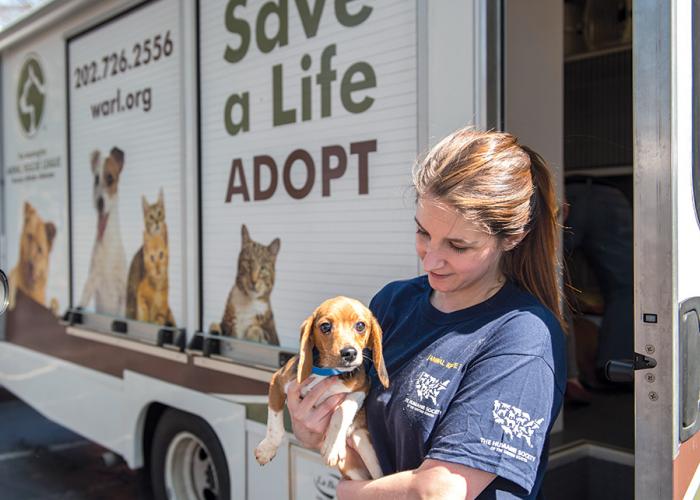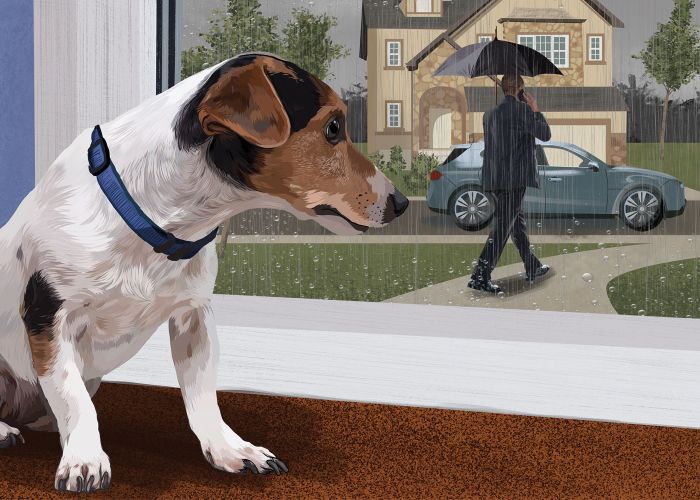Positive outlook
Arizona shelter doesn’t let FIV stand in the way of a good home
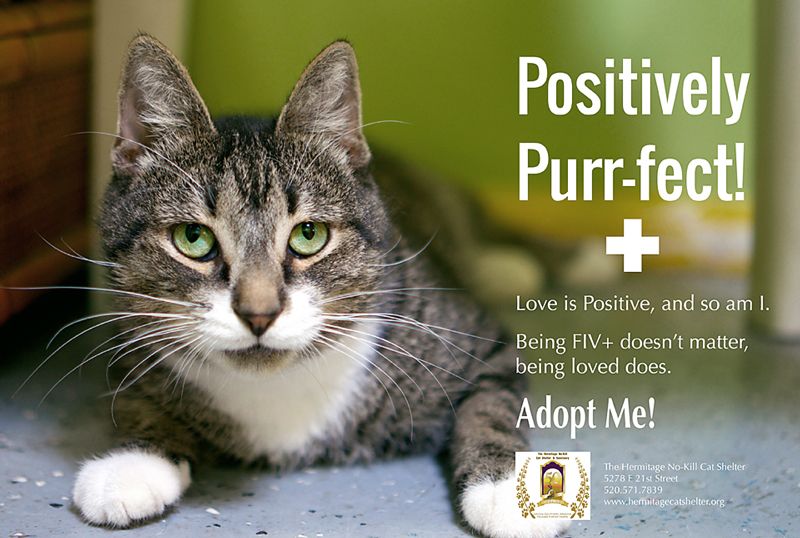
Tigger and Brody were 2 years old when they met at The Hermitage No-Kill Cat Shelter and Sanctuary in Tucson, Arizona. The bull’s-eye tabby and orange tabby immediately hit it off.
They became roommates, sharing a 10-by-10-foot enclosure with a cat door leading to a small catio where they could lounge in the sunshine and fresh air. This would be their home while they waited for the right person to come through the shelter’s doors.
Four years later, they were still waiting. They were handsome, affectionate cats, but they had tested positive for feline immunodeficiency virus (FIV), and one person after another passed them over.
Founded in 1965, The Hermitage is a cageless shelter and sanctuary that takes in about 450 cats a year, most of them transfers from nearby municipal shelters and rescue groups. It has dedicated wards for kittens, seniors, diabetics, cats who test positive for feline leukemia (FeLV) or FIV, and those who need special diets for gastrointestinal issues.
A few years ago, the organization realized that the number of special-needs cats who had been there for years was growing. Instead of simply accepting that these animals would live out their lives at The Hermitage, shelter staff decided to promote them in new ways, says adoptions manager Ryan Twigg.
They launched the “Positively Purrfect” campaign, which uses print fliers, social media ads and news stories to bring attention to the shelter’s FIV crowd, and trained their staff and volunteers how to talk with potential adopters about the disease. “We tell them what FIV is. It’s just an immune suppressant, not a death sentence,” says Twigg. “… We’re very honest: [The cats] are more susceptible to getting sick. Most people will completely change their view after we talk with them.”
Around the same time, The Hermitage started its Lease for Life program, which allows people to become long-term fosters for cats with chronic health issues while the shelter covers their vet care. After all, says Twigg, the shelter is going to treat the animals regardless, and “they might as well be in a home and not in a shelter.” Most long-term fosters end up adopting the cats outright.
“Last year, we got 50 FIV or FeLV cats out of the shelter,” Twigg says.
Patricia Cirino visited The Hermitage in 2014, soon after the death of her elderly cat Scooter. Cirino didn’t know much about FIV, but shelter staff “explained to me that most cats with that can lead very normal, regular lives,” she says.
She took a chance on Tigger and Brody and couldn’t be happier with her choice.
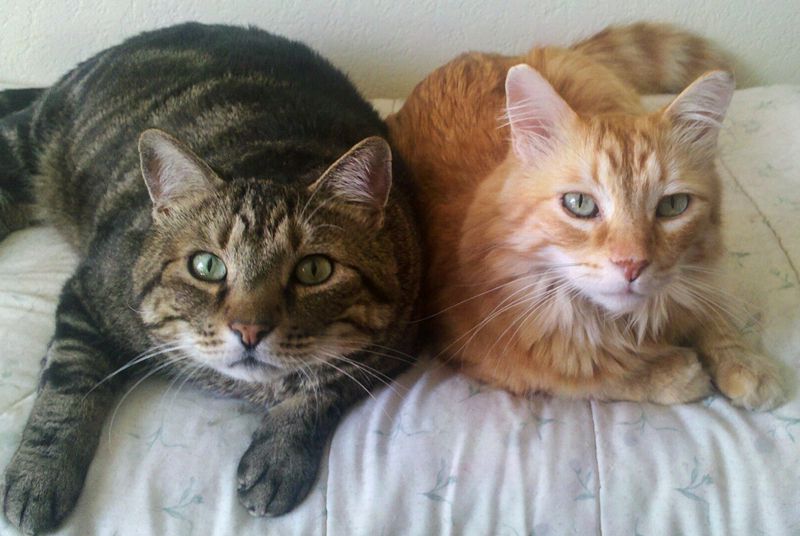
Today, whenever she’s talking about pets with someone, “I’ll say, ‘Yeah, my cats are FIV.’ I explain that they’re just like regular kitties. I watch for signs of illness just like I would for any cat I have.”
Tigger and Brody are now healthy 9-year-old lap kitties who remain best friends. “It is a true brotherly love,” Cirino says. “They play. They groom. They are totally devoted to each other.”
In other words, they’re positively purrfect.



